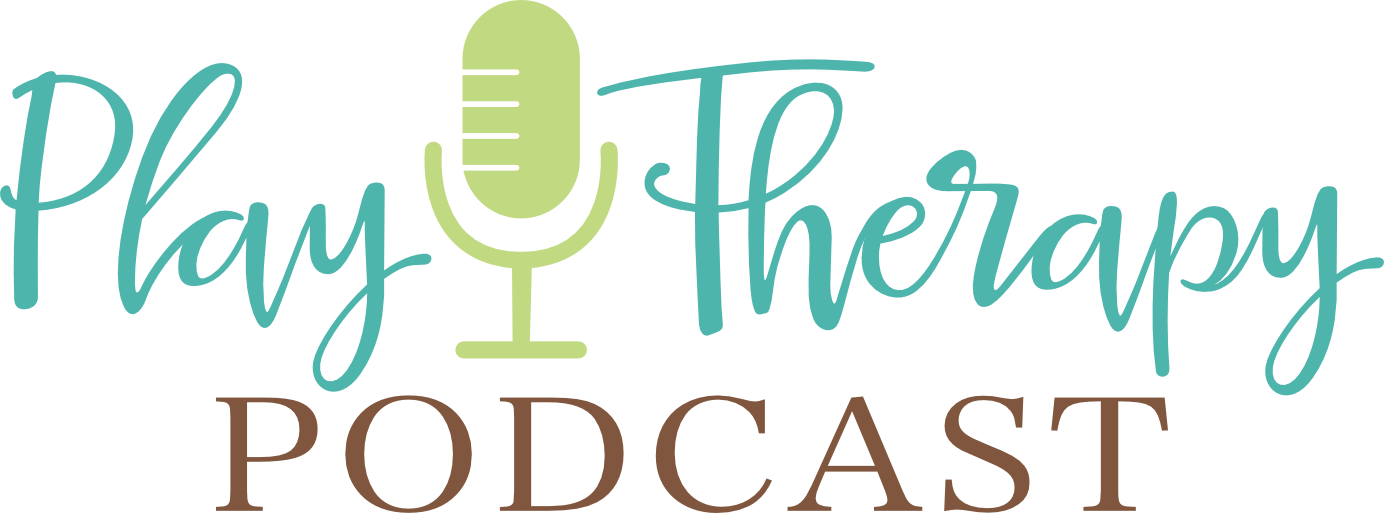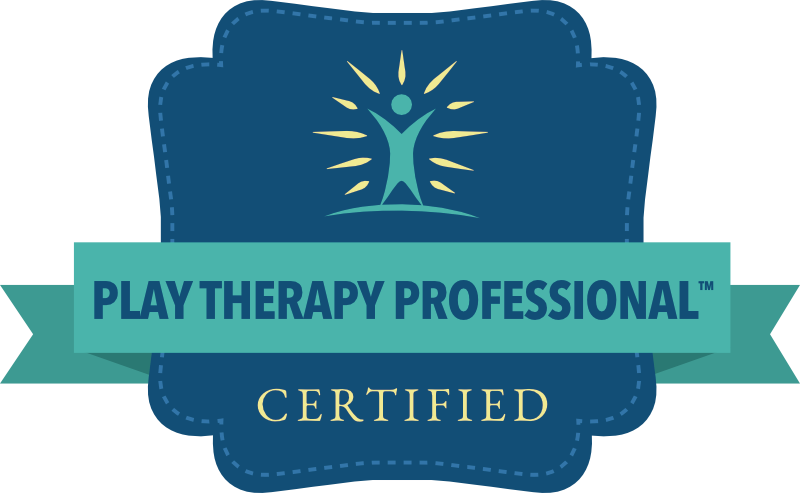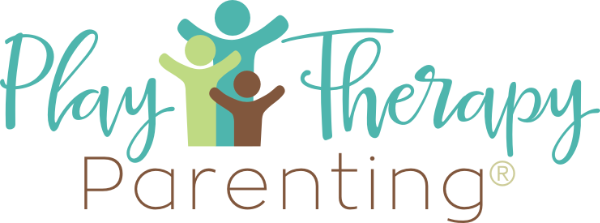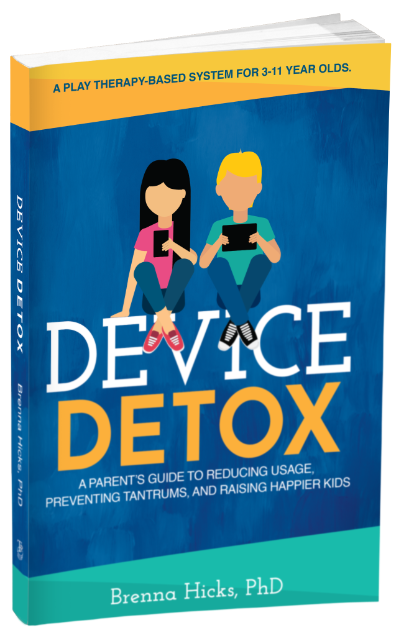The Therapist’s Self: Unpacking Landreth’s Essential Qualities of Effective Child-Centered Play Therapists
In this episode of the Play Therapy Podcast, I dive into the essential personality characteristics of effective play therapists. Drawing from Garry Landreth’s book “Innovations in Play Therapy,” I discuss the first of Virginia Axline’s eight basic principles that guide interactions with children in play therapy.
The first principle: the therapist’s genuine interest in the child and the development of a warm, caring relationship. We discuss the importance of emotional maturity, stability, and skill in play therapists, as well as the ongoing process of self-discovery and acceptance.
Finally, I highlight the challenging nature of child-centered play therapy and the significance of “being there” for the child – not just physically, but emotionally and psychologically. This episode serves as a reminder that to effectively help children, we must first understand and work on ourselves.
Episode Reference:
Landreth, G. L. (Ed.). (2001). Innovations in play therapy: Issues, process, and special populations. Brunner-Routledge.
Sign up for my exclusive newsletter at playtherapynow.com. Stay ahead with the latest CCPT CEU courses, personalized coaching opportunities and other opportunities you need to thrive in your CCPT practice!
Ask Me Questions: Call (813) 812-5525, or email: [email protected]
Brenna’s CCPT Hub: https://www.playtherapynow.com
CCPT Collective (online community exclusively for CCPTs): https://www.ccptcollective.com
Podcast HQ: https://www.playtherapypodcast.com
APT Approved Play Therapy CE courses: https://childcenteredtraining.com
Twitter: @thekidcounselor https://twitter.com/thekidcounselor
Facebook: https://facebook.com/playtherapypodcast
The child-centered play “therapist is genuinely interested in the child and develops a warm and caring relationship with them.”
As play therapists, we often focus on the children we work with, their needs, and the techniques we use to help them. However, today we’re going to explore an equally crucial aspect of our work: ourselves. In this post, we’ll dive into the first of Virginia Axline’s eight principles for how child-centered play therapists should interact with children, as discussed in Garry Landreth’s book “Innovations in Play Therapy: Issues, Process, and Special Populations.”
Setting the Climate in the Playroom
The play therapist sets the climate in the playroom through their manner, attitudes, and beliefs about the child, themselves, and the nature of life and living. It’s crucial to understand that the most significant resource we bring to the therapeutic relationship is the dimension of self. As Landreth points out, “The therapist is more important than anything the therapist knows how to do.”
This statement is both liberating and challenging. It takes the pressure off having to be perfect or possess every possible skill. Instead, it emphasizes the importance of who we are as individuals in the therapeutic process.
Axline’s First Principle: Genuine Interest and Warm Relationships
The first of Axline’s eight principles states that “the therapist is genuinely interested in the child and develops a warm and caring relationship.” This principle aligns closely with the be-with attitudes that many of us are familiar with from CPRT (Bratton, et al, 2006) :
- I’m here
- I hear you
- I understand
- I care
- I delight in you
These attitudes form the foundation of our genuine interest in the child and help us build the warm, caring relationship that is so crucial to effective play therapy.
The Importance of Emotional Maturity and Stability
Landreth emphasizes that “the play therapist should be emotionally mature, stable, and skilled.” This statement highlights the challenging nature of our work, particularly in child-centered play therapy. It’s a reminder that we need to continually work on ourselves to be effective in our role.
The ability to warmly accept a child is directly related to our ability to accept and understand ourselves. As the Child-Parent Relationship Therapy Rule of Thumb goes, “We can’t give away that which we don’t possess.” (Bratton, et al, 2006) This underscores the symbiotic relationship between our personal growth and our effectiveness as therapists.
The Ongoing Process of Self-Discovery
To be truly effective, we must engage in a continuous process of self-discovery. This involves:
- Gaining insight into our own motivations
- Accepting our personal limitations without feeling threatened
- Working through our own emotional challenges
- Developing emotional maturity and stability
This ongoing work is essential for us to be able to truly “be there” for the children we work with, which goes far beyond mere physical presence.
Being There: The Essence of Play Therapy
“Being there” for a child requires much more than just our physical presence. It involves:
- Actively interacting with the child
- Listening to what the child is saying
- Paying attention to the child’s activities
- Being aware of and congruent with the child’s internal experiences
This deep level of presence is what sets play therapists apart from other adults in a child’s life. It’s a challenging aspect of our work, but it’s also what makes play therapy so powerful and effective.
The Healing Power of Child-Centered Play Therapy
As we engage in this deep, present relationship with children, something remarkable happens. Not only do we facilitate healing for the child, but we often find healing for ourselves as well. Many therapists report personal growth and healing through their work in child-centered play therapy.
This mutual healing is a beautiful aspect of our work, but it can only happen when we’ve done our own internal work and continue to prioritize our emotional and psychological well-being.
The Foundation of Effective Child-Centered Play Therapy
Axline’s first principle reminds us that the foundation of effective play therapy lies not just in our techniques or knowledge, but in who we are as individuals. Our genuine interest in the child, our ability to form warm and caring relationships, and our ongoing commitment to self-discovery and growth are what truly make the difference in our work.
As we continue to explore Axline’s principles, let’s remember to prioritize our own emotional growth and self-understanding. After all, we are our most important tool in the playroom.








